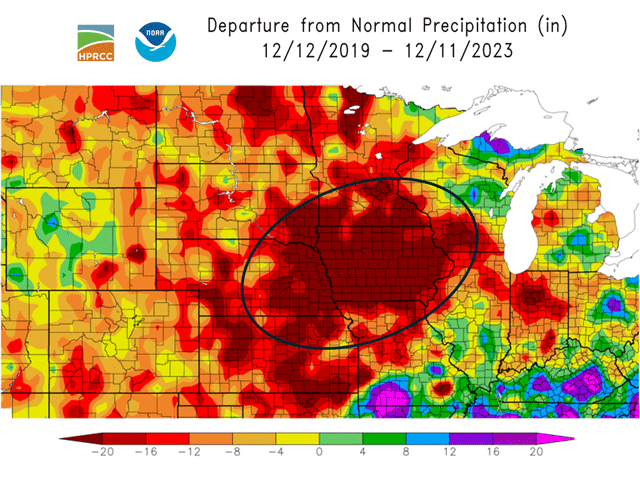
Extreme dryness shows little chance of significant recovery in this El Nino winter.

Extreme dryness shows little chance of significant recovery in this El Nino winter.
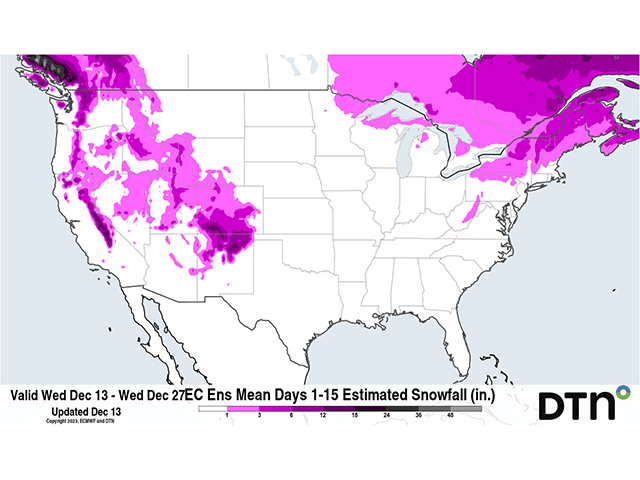
While the northern reaches of the country have a pretty good chance of a white Christmas, they're not 100%. This year is looking like having snow on the ground is going to be pretty tough to do.
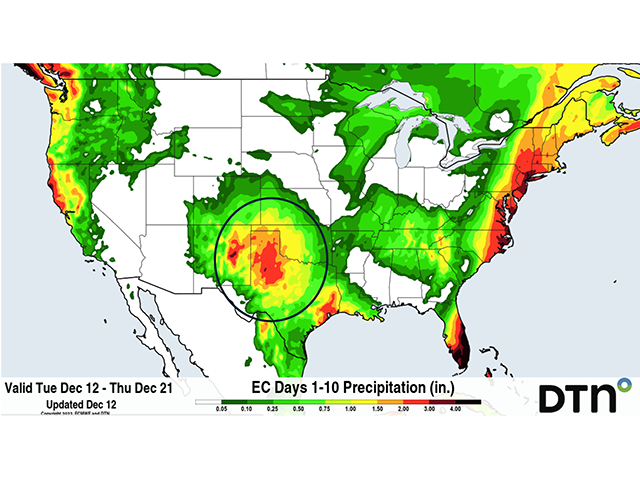
Cutoff-low-generated rain and snow offer benefits for winter wheat, along with improved soil moisture for next year's cotton crop.
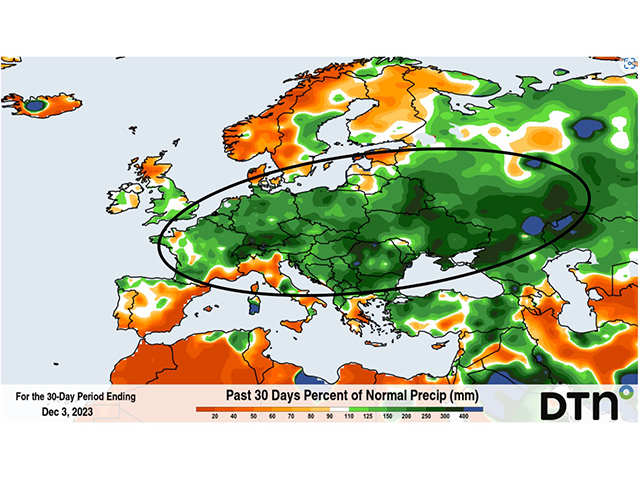
Soaked fields lead to slow planting and a cut in winter grain acreage for 2023-24 wheat.
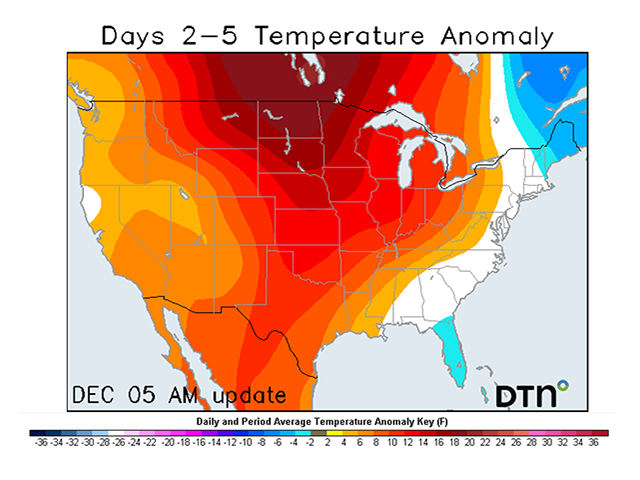
A strong upper-level ridge will provide much of the Plains, Midwest, and Delta with a significant warmup for the second half of this week with above-average temperatures possibly lingering through the middle of December. This warmth is a trait of strong El Ninos in December.
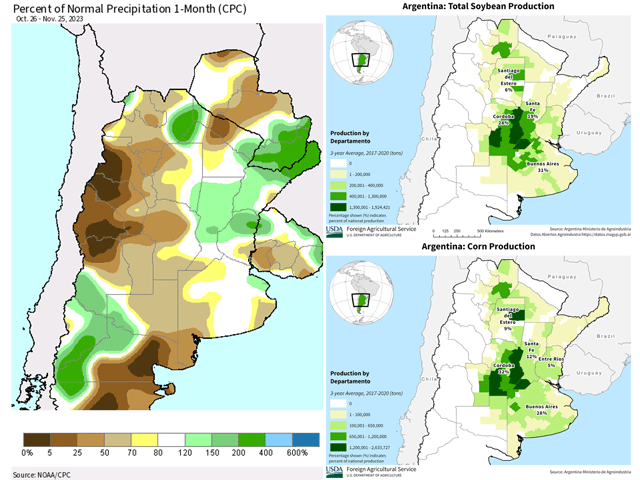
Harsh weather for the start of Brazil's 2023-24 campaign has limited production estimates and caused private agencies to start chipping away at record forecasts for corn and soybeans. Argentina's weather has been more beneficial and a rebound from last year's...

Harsh weather for the start of Brazil's 2023-24 campaign has limited production estimates and caused private agencies to start chipping away at record forecasts for corn and soybeans. Argentina's weather has been more beneficial and a rebound from last year's...
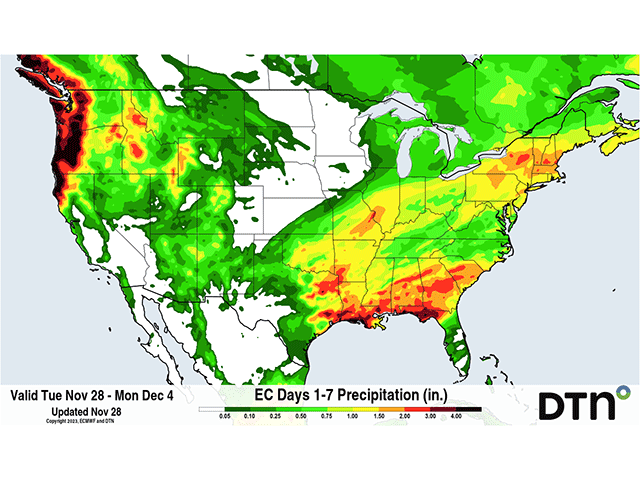
While temperatures moderate closer to or above normal in the coming days, the upper-air pattern will be active, creating two storm systems that will follow similar tracks from the Southern Plains to the Northeast late this week into early next week.
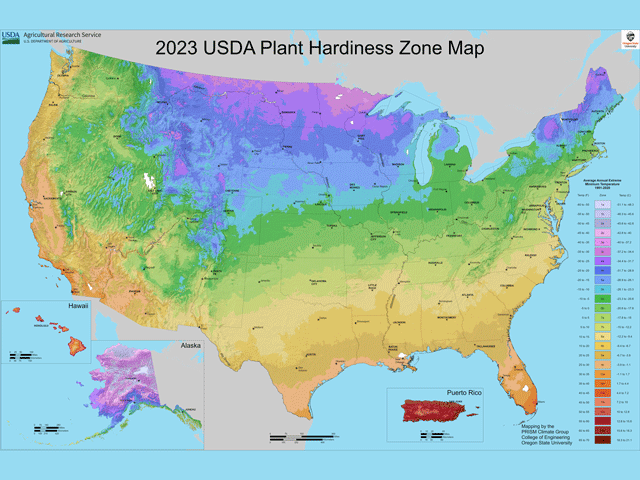
Milder winters and less cold lead to a northward adjustment in the zones for perennial plants, along with insect and disease potential.
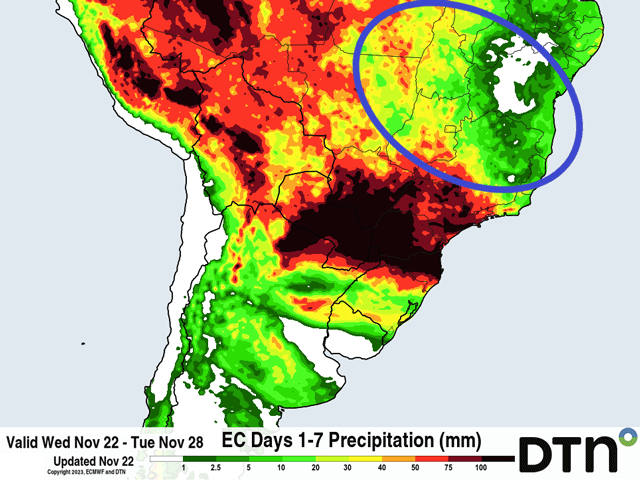
Scattered showers have returned, or started, in central Brazil for their wet season. They are coming at a somewhat regular pace this week, but is it enough to turn around the recent stretch of heat and dryness?
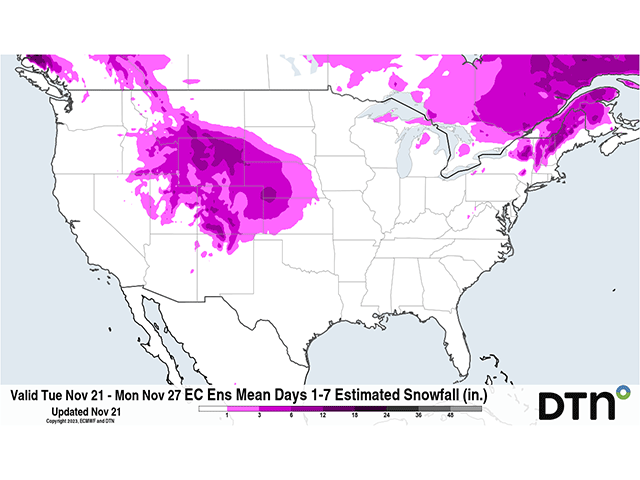
A storm system continues to move through the eastern U.S. through midweek, but much of the country will be quieter for Thanksgiving Day. However, a cold front will bring a fall crisp air for northern areas and that should lead to areas of accumulating snow in the Rockies and...
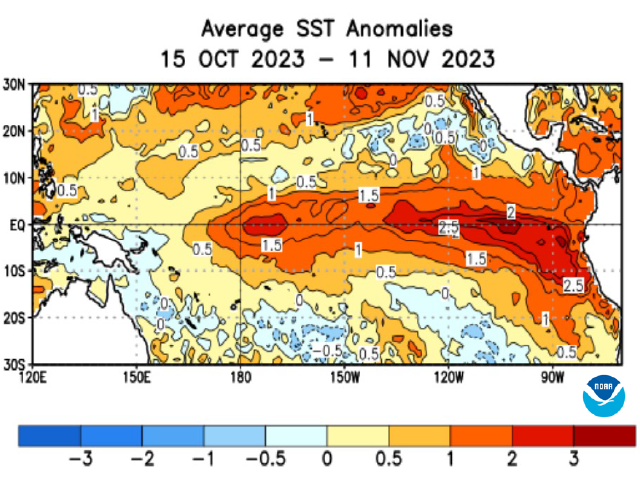
El Nino-enhanced dryness is indeed dragging Australia wheat production down compared to the La Nina-related record harvest of 2022.
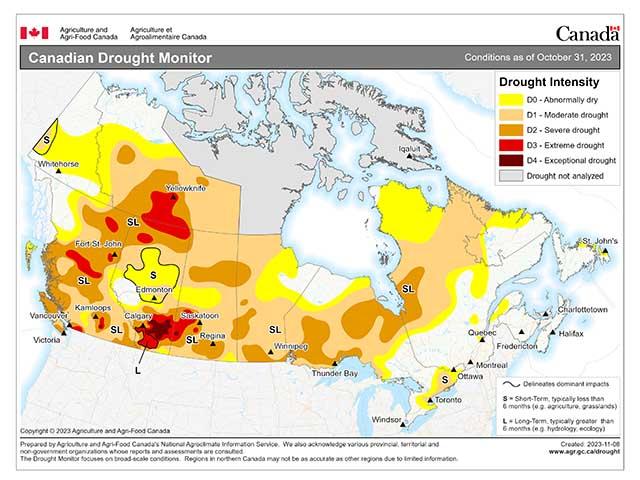
Another tough year for precipitation has widespread drought across much of the Canadian Prairies, leading to concerns for the beginning of the 2024 season.
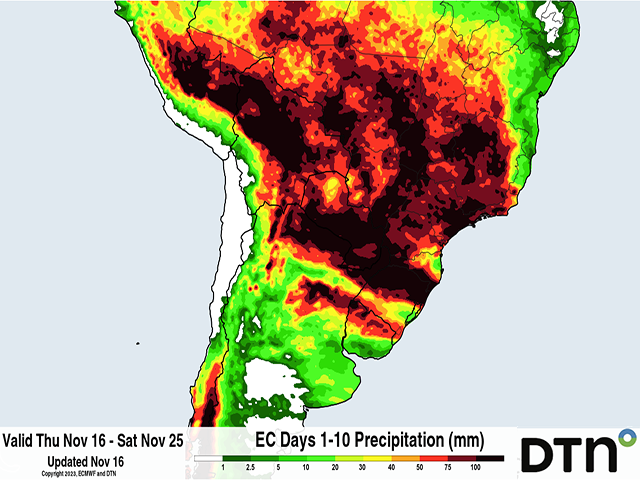
After a long stretch of hot and dry weather, central Brazil is in line for some needed rain. But will it be enough? And will it last?
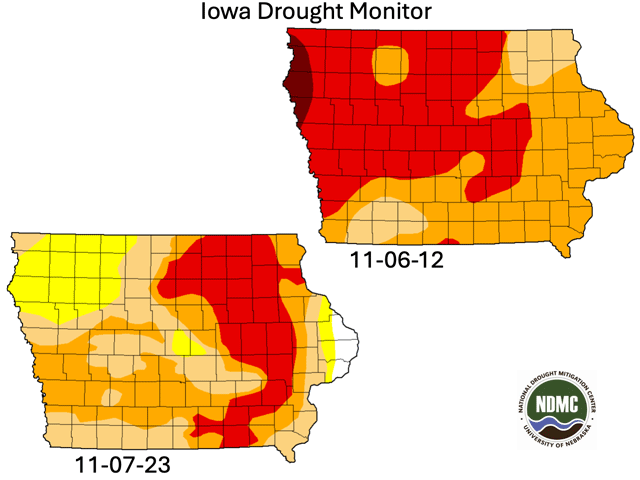
November shows signs that historical dryness will increase soil moisture deficits across Iowa.
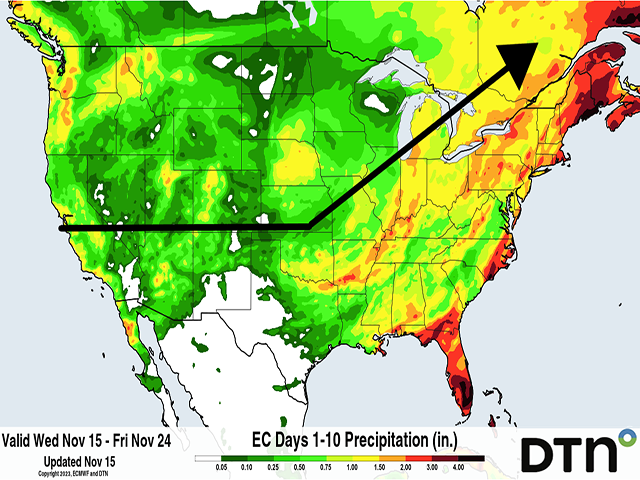
A large storm system will track from the Southwest through the Plains and then to the East Coast over the course of several days this weekend and early next week. Widespread precipitation is likely for much of the country. Temperatures will fall after the system passes...
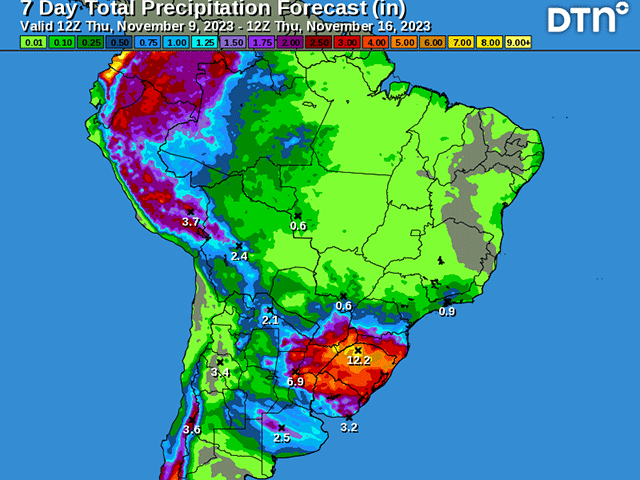
Hot and dry conditions in central Brazil and water-logged soils in southern Brazil have most of the country on a bad foot to start off the crop year.
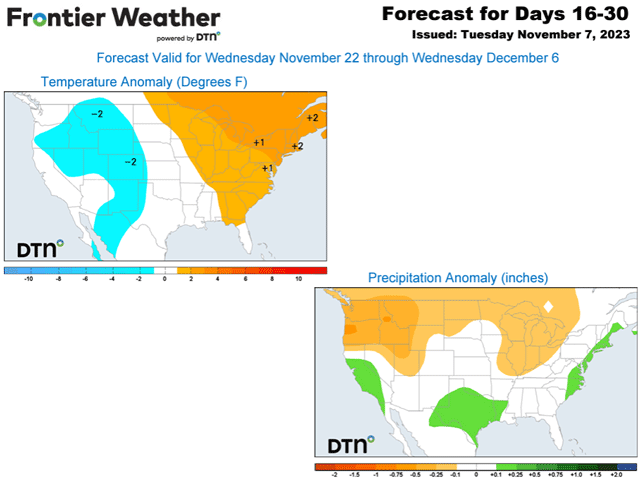
November has been an active month so far with many upper-level troughs and ridges moving through. Here's what DTN sees for weather influenced by El Nino for the rest of November and for December, including what are the chances for a white Christmas.
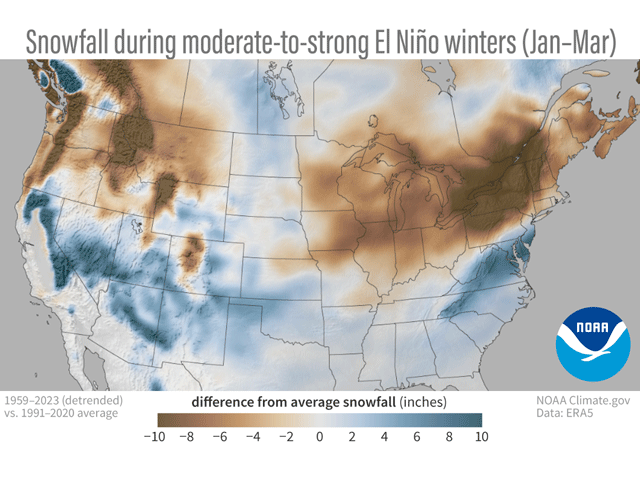
Forecasts for the 2023-24 winter suggest limited precipitation and soil moisture benefit for the Midwest.
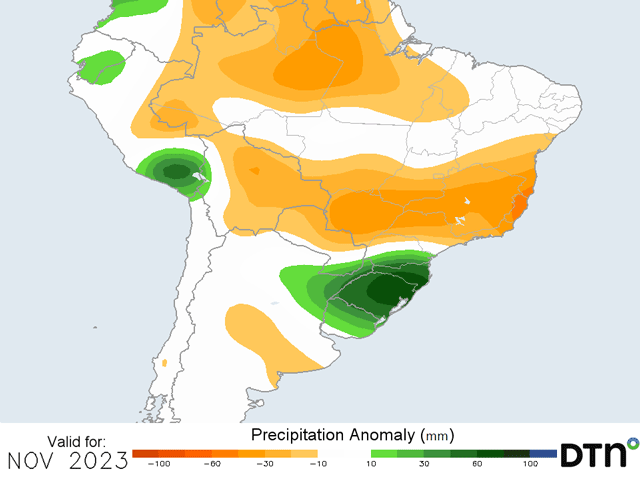
Much has been said about the lack of rainfall in central and northern Brazil early in the wet season. But does it really matter for Brazil's crop production?
DIM[2x3] LBL[blogs-ag-weather-forum-list] SEL[[data-native-ad-target=articleList]] IDX[2] TMPL[news] T[]
DIM[2x3] LBL[blogs-ag-weather-forum-list-2] SEL[[data-native-ad-target=articleList]] IDX[5] TMPL[news] T[]